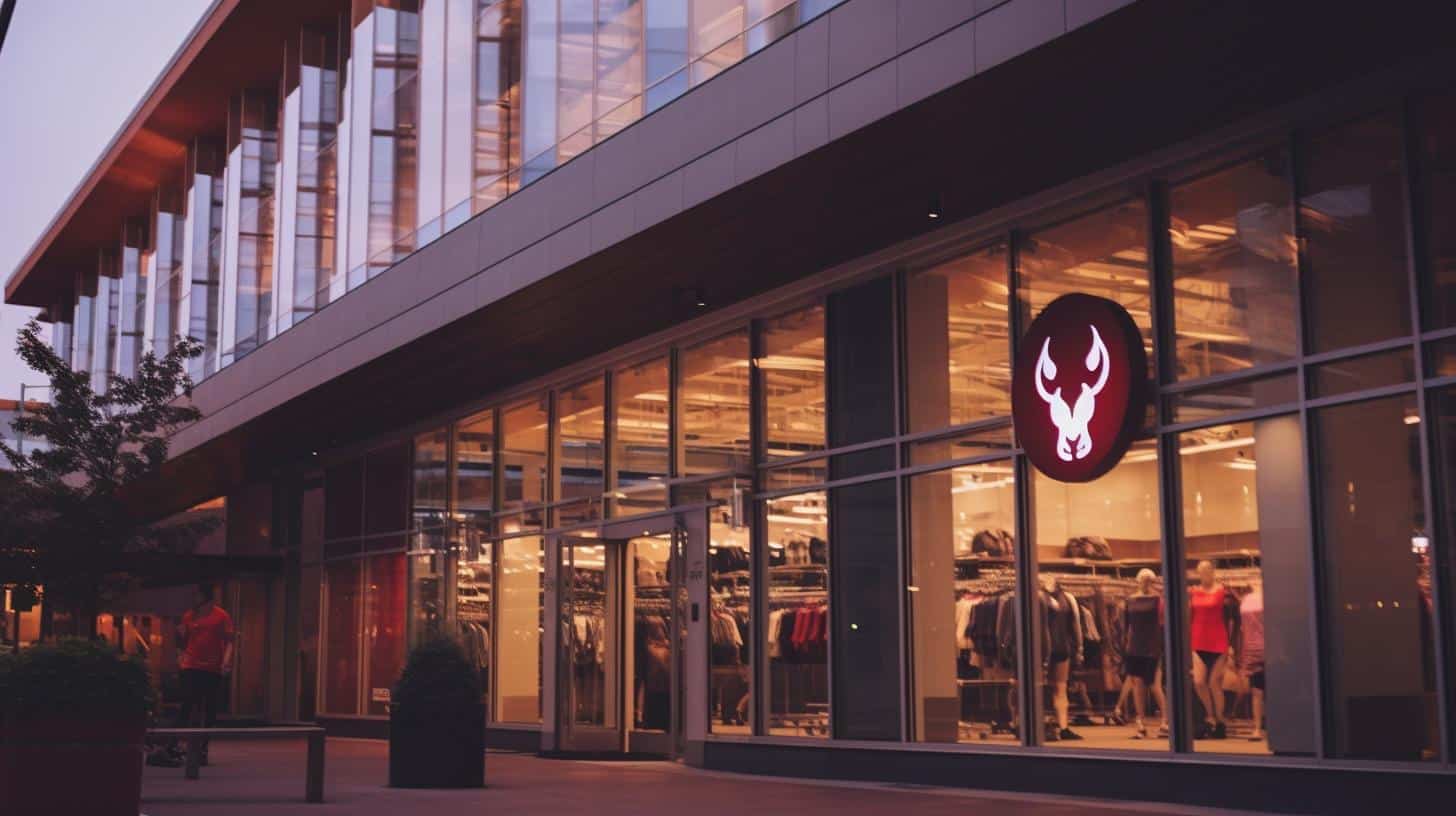Nike reported a modest 1% increase in revenue for its fiscal first quarter ended August 31, 2025, totaling $11.72 billion. This outpaced Wall Street estimates of $11.0 billion, signaling a positive start to the fiscal year despite ongoing challenges. Earnings per share (EPS) reached 49 cents, significantly above the consensus estimate of 27 cents, though net income declined 31% year-over-year to $727 million. Gross margin contracted 3.2 percentage points to 42.2%, reflecting continued pressure from inventory clearance and increased costs.
Cautious Outlook for Holiday Season Sales
Nike forecasted a low single-digit percentage decline in sales for the current quarter, spanning early September to early December. This aligns with market expectations of a roughly 3% sales drop, factoring in a positive 1 percentage point impact from favorable foreign exchange rates. The anticipated holiday sales decline follows an 8% revenue drop in the same period last year, indicating a gradual and uneven recovery. CFO Matt Friend emphasized that “progress will not be linear” as the company navigates external headwinds.
“I’m encouraged by the momentum we generated in the quarter, but progress will not be linear as dimensions of our business recover on different timelines,” said Friend. “While we navigate several external headwinds, our teams are focused on executing against what we can control.”
Rising Tariff Costs Weigh on Margins
Nike now anticipates tariff expenses of $1.5 billion for fiscal 2026, up from an earlier estimate of $1 billion. This increase is expected to reduce gross margins by approximately 1.2 percentage points, higher than the prior forecast of 0.75 points. For the current quarter alone, the company projects gross margin compression between 3 and 3.75 percentage points, highlighting the ongoing cost challenges affecting profitability.
Nike’s wholesale business showed strength, with a 7% revenue increase to $6.8 billion. North American sales rose 4% to $5.02 billion, outperforming analyst expectations of $4.55 billion. However, other segments underperformed. Direct-to-consumer sales, encompassing retail stores and online, declined 4% to $4.5 billion. Converse brand revenues fell sharply by 27%, while Greater China sales decreased 9%, reflecting persistent structural challenges in that key market.
“Greater China, as I mentioned on the last call, is facing structural challenges in the marketplace,” CEO Elliott Hill noted. “Seasonal sell-through continues to underperform. Our plans require larger investments to keep the marketplace clean.”
Inventory Management and Corporate Restructuring
Nike has prioritized clearing stale inventory to pave the way for new product innovation. Inventory levels declined 2% year-over-year during the quarter, though higher product costs due to tariffs offset some gains. The company is also undergoing a significant corporate realignment, transitioning from demographic-based teams to sport-focused units. This restructuring, impacting approximately 8,000 employees, aims to improve innovation, storytelling, and market responsiveness. Hill emphasized the benefits of this shift: “Organizing by sport gives us a much clearer point of view,” enhancing brand identities across Nike, Jordan, and Converse. The “House of Innovation” retail concept in New York exemplifies this approach, delivering double-digit revenue growth by segmenting stores by sport. Similar smaller-format stores have shown promising results.
Focus on Innovation and Expanding Female Consumer Base
Under Hill’s leadership, Nike is revitalizing its innovation pipeline while expanding its reach among female consumers. A recent collaboration with Kim Kardashian’s Skims brand launched last week, receiving strong early consumer response. While lifestyle merchandise remains a key component of Nike’s portfolio, the company is emphasizing sports categories to regain market share among athletes and sport enthusiasts.
FinOracleAI — Market View
Nike’s fiscal Q1 results reveal a company in transition, balancing encouraging top-line growth with significant margin pressures and operational headwinds. The increased tariff burden and ongoing inventory clearance continue to constrain profitability, while the cautious holiday sales outlook underscores the uneven recovery.
- Opportunities: Wholesale and North American sales momentum; innovation-driven product launches; restructuring to enhance market focus and agility.
- Risks: Elevated tariff costs impacting margins; weakness in Greater China and Converse segments; direct-to-consumer sales contraction; potential for prolonged inventory clearance pressure.
Impact: Nike’s earnings beat provides a positive signal, but persistent challenges suggest cautious investor sentiment as the company executes its multi-year turnaround strategy amid a complex global environment.













